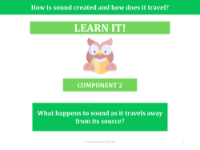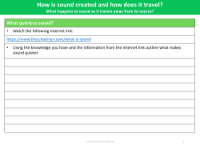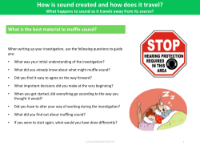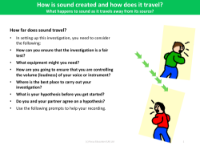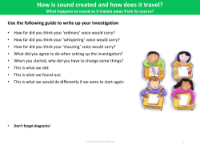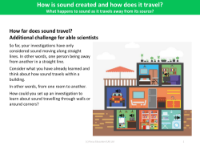What happens to sound as it travels away from its source? - Teacher notes
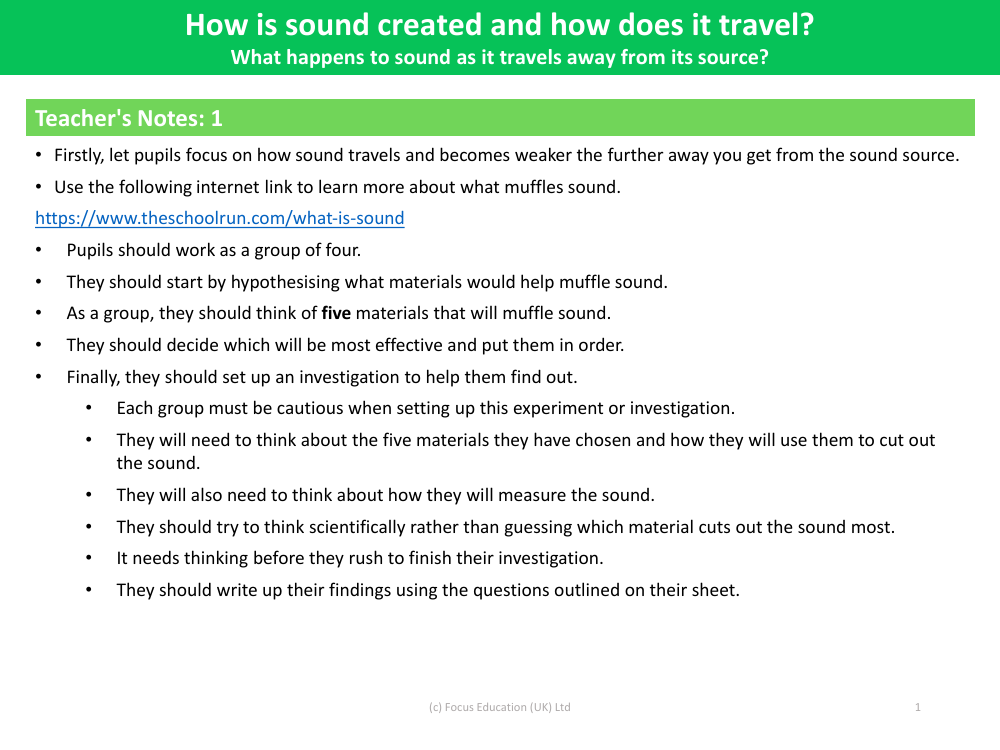
Science Resource Description
When teaching pupils about the nature of sound and its propagation, the lesson begins by encouraging them to consider how sound diminishes in intensity the further it travels from its source. The class is instructed to form groups of four and start by hypothesising which materials might effectively muffle sound. They are tasked with selecting five such materials, predicting their effectiveness, and then arranging them in order of their sound dampening capabilities. The groups are then to conduct an investigation to determine the actual effectiveness of these materials in muffling sound. Careful planning is essential for this experiment, as students must consider not only the choice of materials but also the methodology for measuring the sound reduction. They are encouraged to approach this scientifically, basing their conclusions on evidence rather than guesses, and to document their findings thoroughly in response to specific questions about sound creation and travel.
In a subsequent investigation, the focus shifts to the distance sound can travel. Working in pairs, students are asked to design an experiment to be conducted outdoors, aiming to discover the maximum distance at which they can hear each other. This exercise requires careful thought and planning, as various factors may influence the results. They are provided with guiding questions to help structure their investigation and a worksheet for recording their observations. The investigation is rounded off with a consideration of how sound behaves when encountering barriers such as walls. Throughout these activities, students explore the fundamental questions of how sound is generated, how it moves through different mediums, and how its intensity changes with distance from the source.
